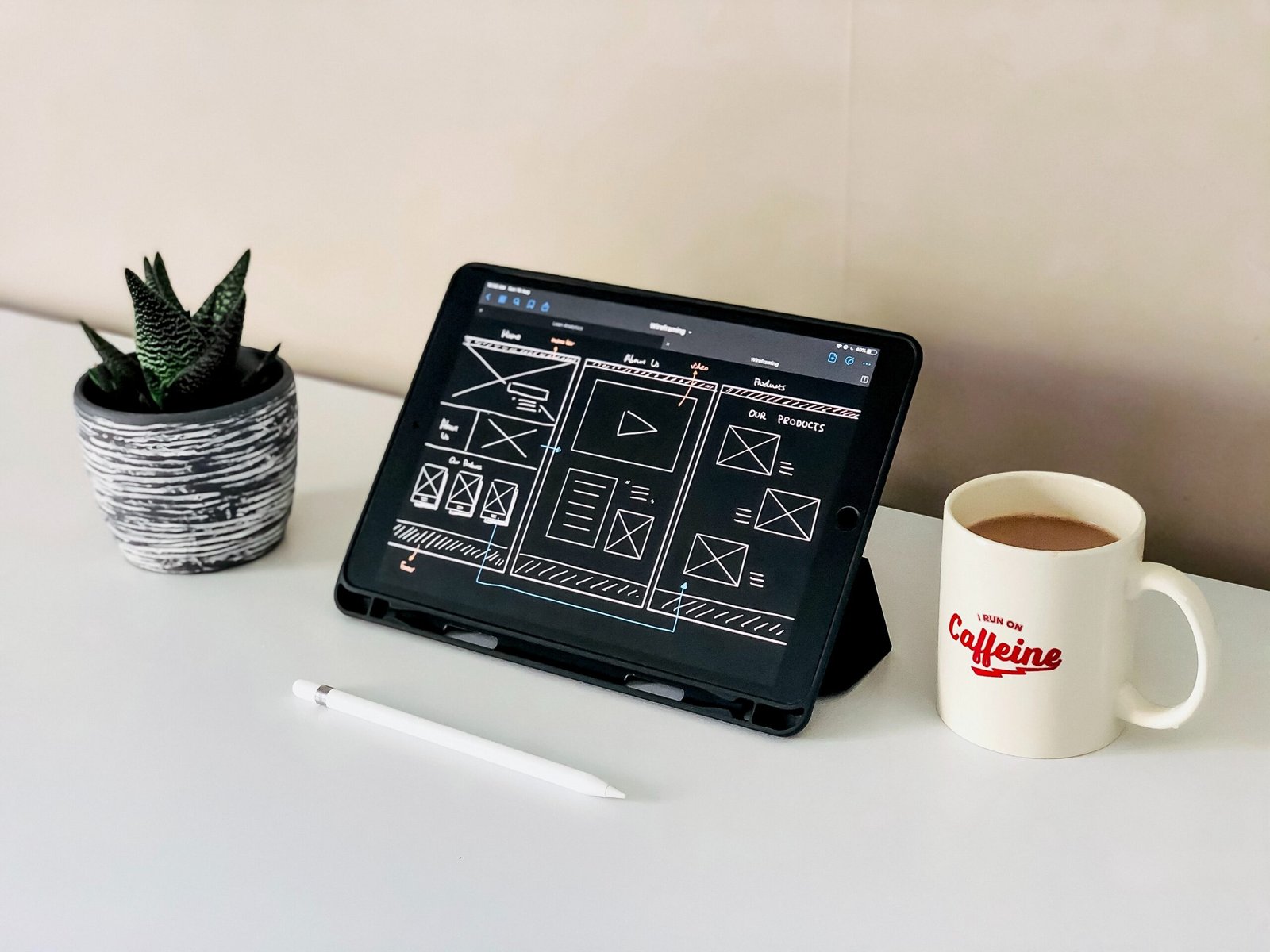Introduction
When it comes to website design, images play a crucial role in capturing the attention of visitors and conveying your brand message effectively. However, not all images are created equal. In this comprehensive guide, we will explore the dos and don’ts of website image design to help you create visually appealing and impactful websites.
The Dos of Website Image Design
1. Use High-Quality Images
High-quality images are essential for creating a professional and visually pleasing website. Invest in good photography equipment or hire a professional photographer to ensure your images are sharp, clear, and free of any distortions.
2. Optimize Image File Sizes
Large image file sizes can slow down your website’s loading speed, leading to a poor user experience. Compress your images without compromising on quality to ensure fast loading times.
3. Use Relevant Images
Select images that are relevant to your content and resonate with your target audience. Avoid using generic stock photos that do not add any value to your website.
4. Incorporate Branding Elements
Integrate your brand’s visual elements such as logos, colors, and fonts into your images. This helps in creating a cohesive and consistent brand identity.
5. Optimize Alt Text
Alt text is essential for search engine optimization and accessibility. Describe your images using relevant keywords to improve your website’s search engine rankings and assist visually impaired users.
The Don’ts of Website Image Design
1. Overuse Stock Photos
While stock photos can be useful, overusing them can make your website appear generic and impersonal. Balance stock photos with original images to maintain authenticity.
2. Neglect Mobile Optimization
Ensure your images are optimized for mobile devices. Test your website’s responsiveness and make necessary adjustments to ensure your images look great on all screen sizes.
3. Use Low-Resolution Images
Low-resolution images can make your website look unprofessional and pixelated. Always use high-resolution images to maintain a crisp and clear appearance.
4. Forget About Copyright
Using copyrighted images without permission can lead to legal issues. Use royalty-free images or obtain proper licenses to avoid copyright infringement.
5. Ignore Image Placement
Strategically place images throughout your website to enhance the visual appeal and guide visitors through your content. Avoid cluttering your pages or placing images in distracting positions.
Conclusion
By following these dos and don’ts of website image design, you can create a visually stunning and engaging website that effectively communicates your brand message. Remember, your website is often the first impression potential customers have of your business, so invest time and effort into creating a visually appealing online presence. If you’re ready to take your website to the next level, book a call with our expert web designers today!






